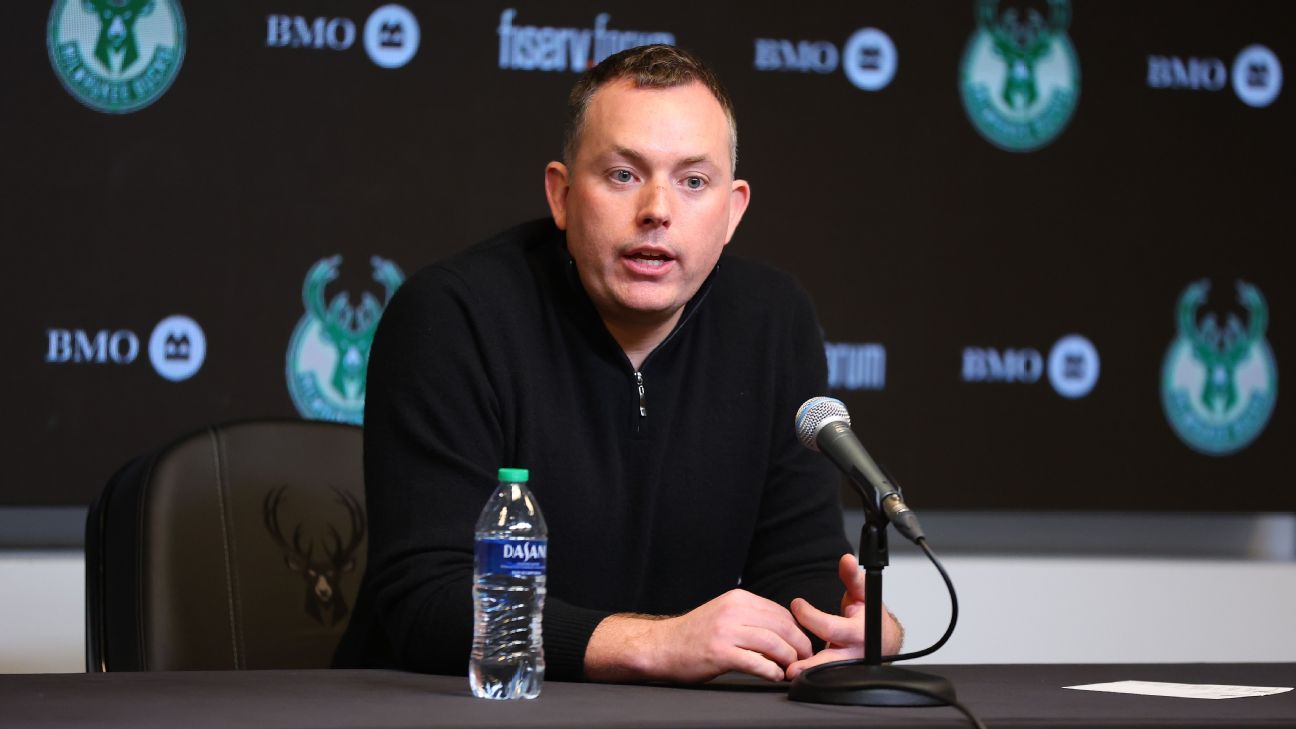
BROOKLINE, Mass. – Will Zalatoris owns a pair of runner-up finishes in majors.
The first was “life-changing.”
The second was “affirmation.”
As for a potential third, Zalatoris would rather just do one better. After finishing second to Hideki Matsuyama at last year’s Masters as a special temporary member of the PGA Tour and fresh off a playoff loss to Justin Thomas at last month’s PGA Championship, Zalatoris is ready to break through at a major championship.
“The first Masters, for me, was so special and life-changing, and being able to do it again, it was an affirmation, and it gave me the belief that I can be one of the best players in the world,” Zalatoris said Wednesday after playing the back nine at The Country Club. “There’s a difference in thinking it because everyone thinks they’re the best player in the world and you have to think that to play out here in general. But now I have a lot more belief in myself and my game. So, that’s why it’s just, keep doing what I’m doing and the first one’s going to get in the way.”
It's no surprise that the 25-year-old Zalatoris is on a short list of favorites to win this week’s U.S. Open. Though he’s yet to nab a major title, his game is built for these toughest of tests. His ball-striking is beyond elite, as he leads the Tour in strokes gained: approach after ranking seventh last season. His driver is up there with the world’s best, too, which currently has him second in strokes gained: tee-to-green.
That skillset has already led to five top-10s in eight major appearances for the Wake Forest product.
“With my ball-striking, if I hit good golf shots and put the ball in the right spots, I don’t have to work as hard,” Zalatoris said. “The tougher the golf course, the better for me.”
Added Zalatoris’ short-game coach, Josh Gregory: “He’s just so smart. He understands where to put the golf ball, so he rarely gets himself into a bad place.”
And in terms of current form, Zalatoris has arguably never played better with six finishes of T-6 or better in 11 starts this year as he climbed from No. 34 in the world rankings at the end of last year to now No. 14.
Zalatoris admits he began to force the issue following his breakout last year at Augusta National. His missed cut at Torrey Pines last June was a microcosm of the negative effect of unrealistic internal expectations. In his words, he “worked harder than ever.”
“And I worked myself into an injury,” said Zalatoris, who had to withdraw from last summer’s Open Championship because of a back issue, which hampered him for a couple of months.
Now, Zalatoris is not only healthy, he’s stronger, and in a much better head space. Instead of worrying about earning his card or trying to grab that elusive first PGA Tour win or boost his Ryder Cup stock, Zalatoris has matured enough to know that those things come with good golf and in time.
“I’m back to the attitude of playing with house money,” he said.
The near triumph at Southern Hills validated that mental work. But how can Zalatoris take that final step? Unsurprisingly, it’s on the greens.
Zalatoris has faced plenty of criticism for his putting since joining the Tour. He was T-122 in strokes gained: putting last season and sits at 166th right now in that category.
But as Gregory argues, Zalatoris’ mechanics continue to improve, and if strokes gained were tabulated at the Masters, WGC-Match Play and Zurich Classic, Zalatoris’ -0.227 number would be in the positive.
“When he gets to strokes gained level with his putting, he can be the best player in the world,” Gregory said.
To achieve that distinction, Zalatoris works with Gregory on training like the No. 1 putter on Tour. Especially for major weeks. For example, if Zalatoris is doing a putting drill where he’s hitting putts from varying distances, Gregory will demand that Zalatoris make about 15% more than the Tour average before he can advance through the drill.
The preparation paid off at Southern Hills, where Zalatoris ranked 10th in strokes gained: putting (1.161). The Country Club’s greens are certainly much more severe, with 5- to 9-footers for par guaranteed to be commonplace, but Gregory argues that like tough tee-to-green setups, that plays right into Zalatoris’ hands.
“He’s at his best when he’s an artist when he’s putting,” Gregory said. “He’s at his best when he’s seeing slope and using his imagination.”
Zalatoris, a Bay Area native, adds that the Poa annua greens don’t hurt his chances, either.
“It’s like Plinko,” Zalatoris said. “You’re going to hit good putts that are going to bounce offline, but that’s just the nature of the beast.”
That same thought process could be applied for Zalatoris’ overall approach. He’s had good weeks in the past, including in majors, and he’s yet to get one to drop. But eventually, some are bound to fall his way.
And come Sunday, Zalatoris is hoping that’s finally the case.















 Phone: (800) 737. 6040
Phone: (800) 737. 6040 Fax: (800) 825 5558
Fax: (800) 825 5558 Website:
Website:  Email:
Email: 






